Have you ever tidied your living room, only to find your cat gleefully knocking items off the shelves minutes later? Or maybe you’ve watched your furry friend dive headfirst into a messy pile of laundry instead of lounging on the pristine sofa. If you live with a cat, chaos isn’t just an accident—it’s a lifestyle. Let’s unravel the mystery behind why cats seem to favor a world of delightful disorder over neatness, and why their wild ways might just be perfectly natural.
The Wild Roots of Domestic Cats

Cats may nap on our beds and eat from shiny bowls, but deep down, their instincts are wild. Before they were our companions, their ancestors thrived in forests, grasslands, and deserts—environments full of unpredictability and clutter. Chaos, for a cat, isn’t just familiar; it’s home. Even when they stretch out in a sunbeam on your carpet, their minds are still wired for the wild. The unpredictable world of their ancestors has shaped how modern cats see and interact with their surroundings. It’s not that they dislike cleanliness—it just doesn’t make sense to their ancient instincts. When they find piles of toys or crumpled blankets, it triggers their curiosity and brings out their most natural behaviors.
Curiosity Thrives in Clutter

Cats are famously curious creatures. An empty, tidy room offers little to investigate, but a messy space is a treasure trove. Every object is a potential toy, hiding spot, or puzzle to solve. This isn’t just fun for them; it’s essential mental stimulation. When cats knock things over or dig through piles, they’re satisfying their need to explore. Think of a messy table as their own little adventure park. The more unpredictable the environment, the more their brains light up with excitement. It’s like a puzzle that’s always changing, keeping their senses sharp and boredom at bay.
Hiding Spots: Safety in Disorder

In the wild, survival often meant hiding from predators or stalking prey through tangled undergrowth. Cats instinctively look for places to squeeze into and observe the world. A neat, open room leaves them feeling exposed, while a cluttered space offers endless nooks and crannies. Your cat might burrow under a pile of laundry or wedge themselves behind a stack of books. These hiding spots give them a sense of security. It’s not about the mess; it’s about feeling safe and in control. They can watch the world go by without being seen, just like their ancestors did.
Ambush Play: The Joy of Surprise
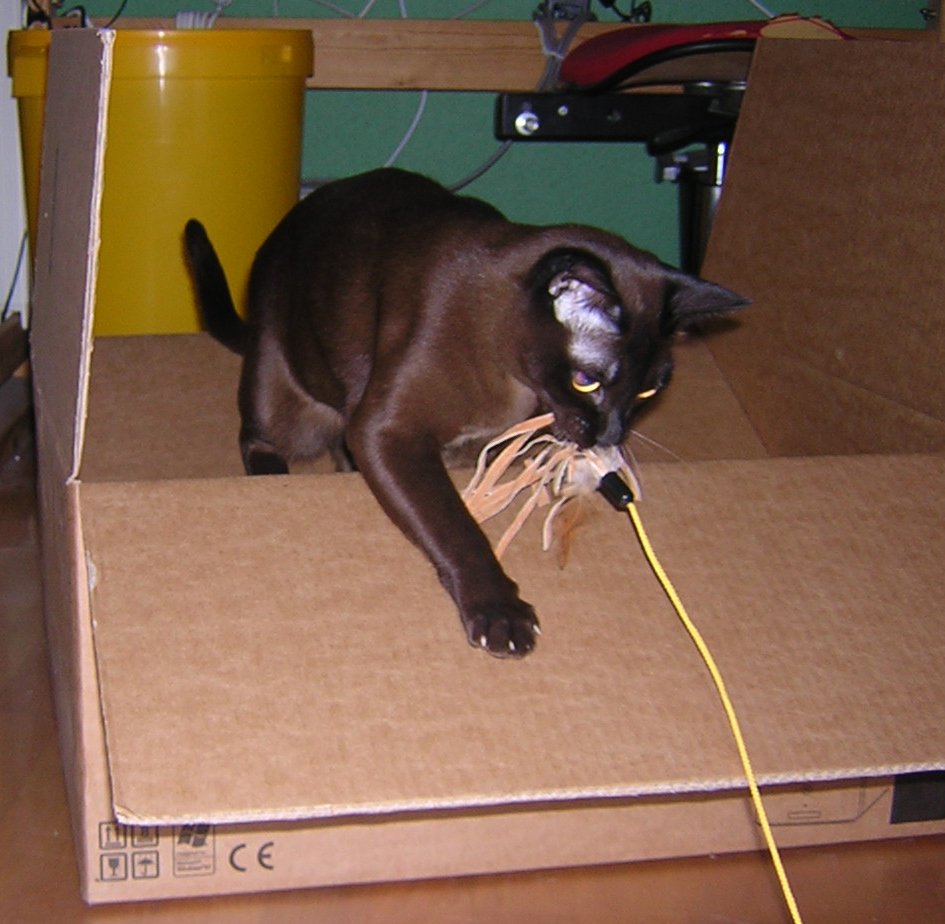
Playtime for cats often mimics hunting behaviors. In a messy room, there are countless opportunities for ambush. A crumpled blanket becomes a jungle, and a fallen magazine is the perfect hiding spot for a sneak attack. Cats love to pounce from behind objects, surprising toys—or your toes! This kind of environment lets them express their playful, predatory instincts. Clean, wide-open spaces just don’t offer the same thrill. The chaos is their playground, letting them act out the natural dramas they were born for.
Smells and Scents: The Hidden World

Cats experience the world largely through their noses. Every item in a cluttered space carries its own scent story. A pile of shoes, a box of old papers, or a heap of blankets is like a library of smells. Cleanliness may look nice to us, but for a cat, it’s a bit boring. The jumble of scents in a chaotic room keeps them engaged and entertained. They’ll sniff and investigate, piecing together what happened and who’s been where. It’s their way of reading the news: every sniff is a headline.
Territory Marking: A Cat’s Claim

Cats are territorial animals. They want to make their mark—literally—on their surroundings. In a spotless room, their scent markings fade quickly. But in a lived-in, chaotic space, their presence lingers. They’ll rub against furniture, roll on piles of clothes, and knead blankets. This isn’t just about comfort; it’s about ownership. By spreading their scent, cats tell the world, “This is mine.” The more complex the environment, the better they can claim it as their own, weaving their identity into every corner.
Stress Relief in Disorder
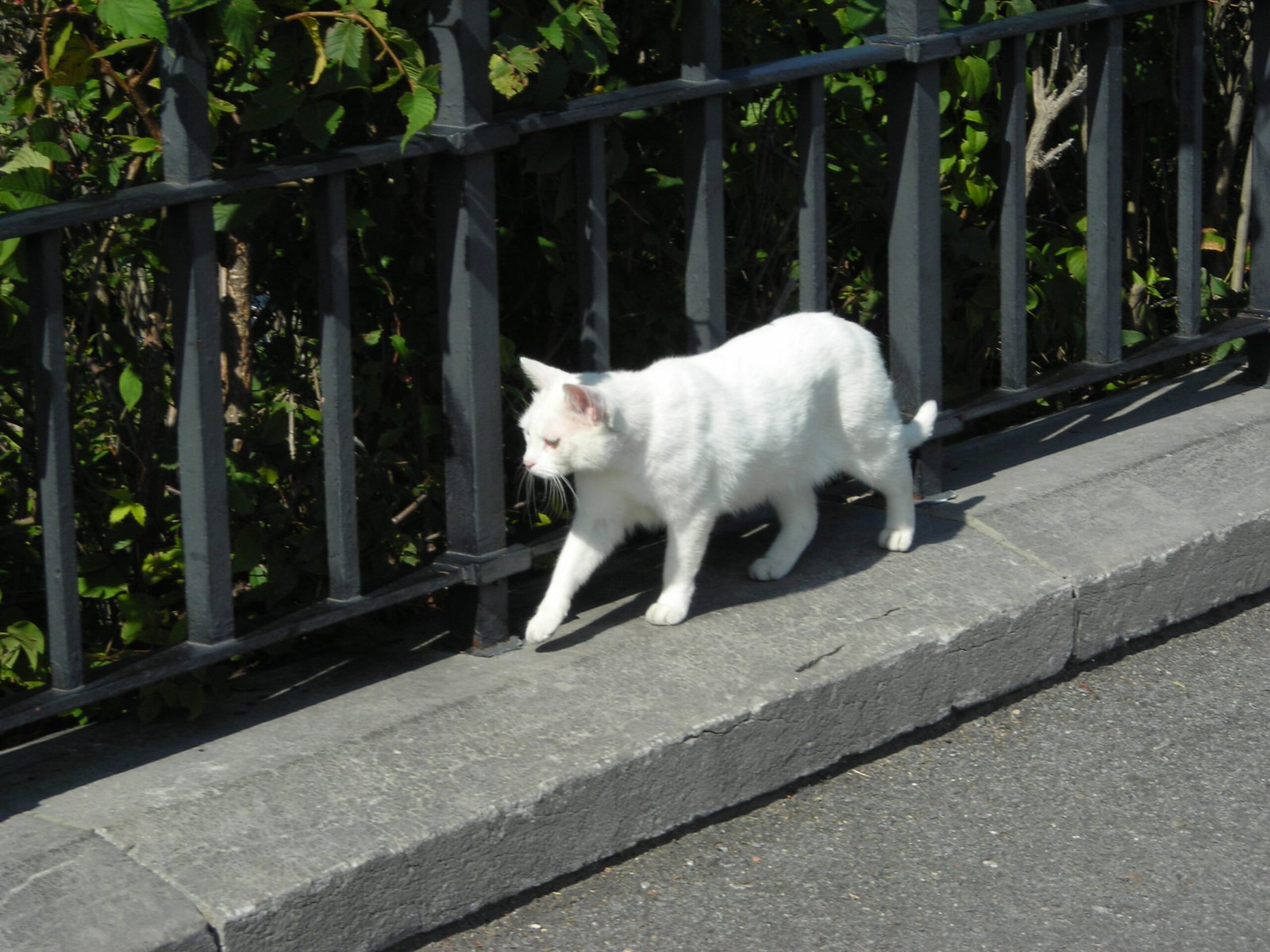
It might sound odd, but chaos can actually help cats relax. The option to hide or explore lowers their stress levels. In a too-clean environment, there’s nowhere to retreat if they feel threatened. Messy spaces offer choices, and choice equals comfort. When life gets overwhelming—new guests, loud noises, or even a change in routine—cats can escape to their favorite messy nook and calm down. It’s their own personal sanctuary, built out of whatever happens to be lying around.
Chaos as Entertainment

Let’s face it: cats get bored easily. A static, clean room can quickly become dull. But a room with a little chaos? That’s a constantly changing stage. Every day brings a new arrangement of objects to investigate. They might discover a forgotten toy under the couch or invent a new game with a crumpled receipt. For indoor cats especially, chaos is a source of endless entertainment. It keeps their minds and bodies active, helping to prevent behavioral problems that come from boredom.
Natural Instincts Over Human Preferences
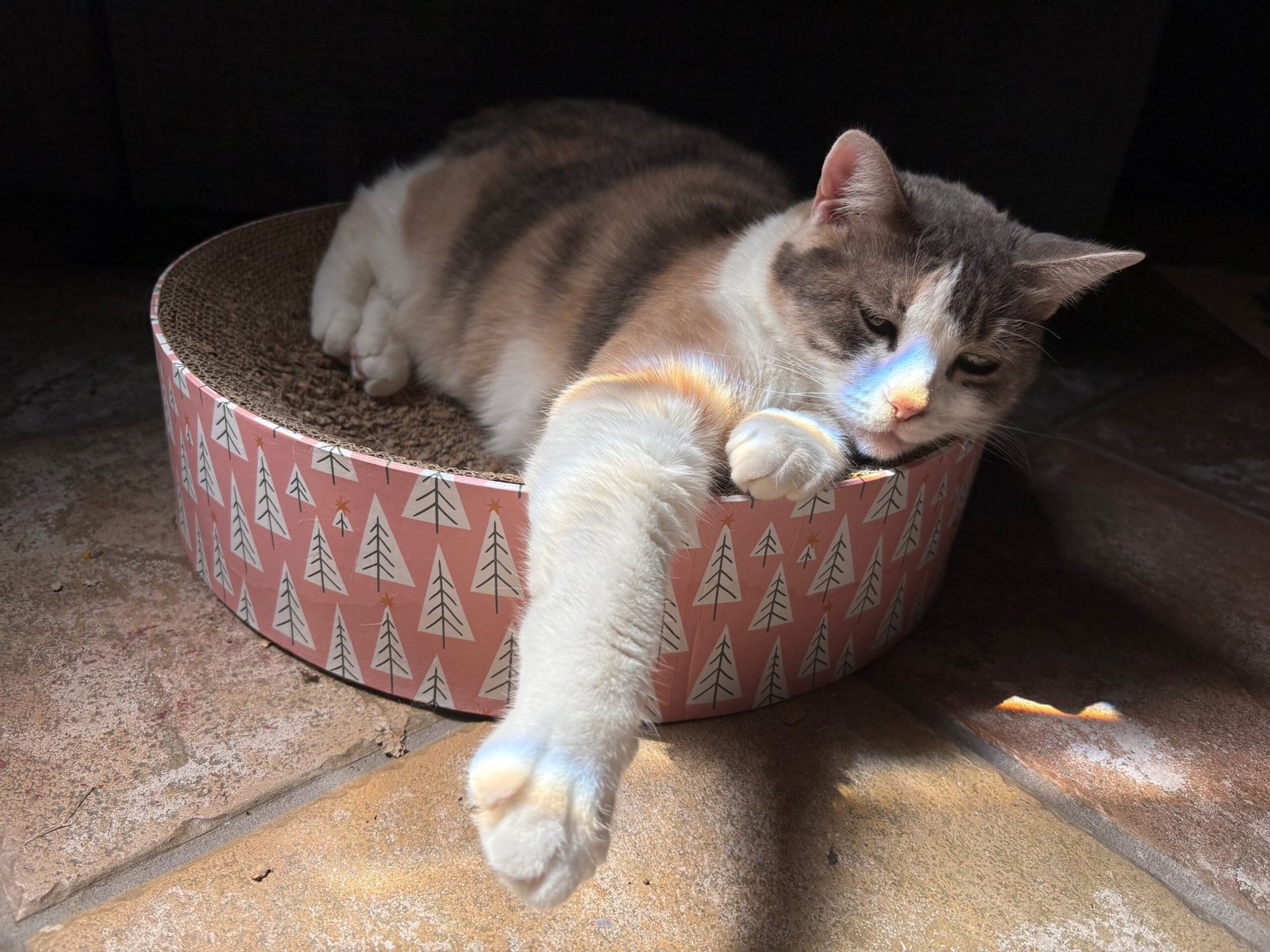
Cats don’t care much for human ideas of cleanliness. What we see as mess, they see as opportunity. Their instincts tell them to investigate, hide, hunt, and claim territory. These drives are stronger than any desire for neatness. When a cat chooses chaos over cleanliness, it’s just being true to its nature. It’s not personal, and it’s certainly not a sign of disrespect. They’re simply following the script their ancestors wrote thousands of years ago.
Social Signals in Clutter
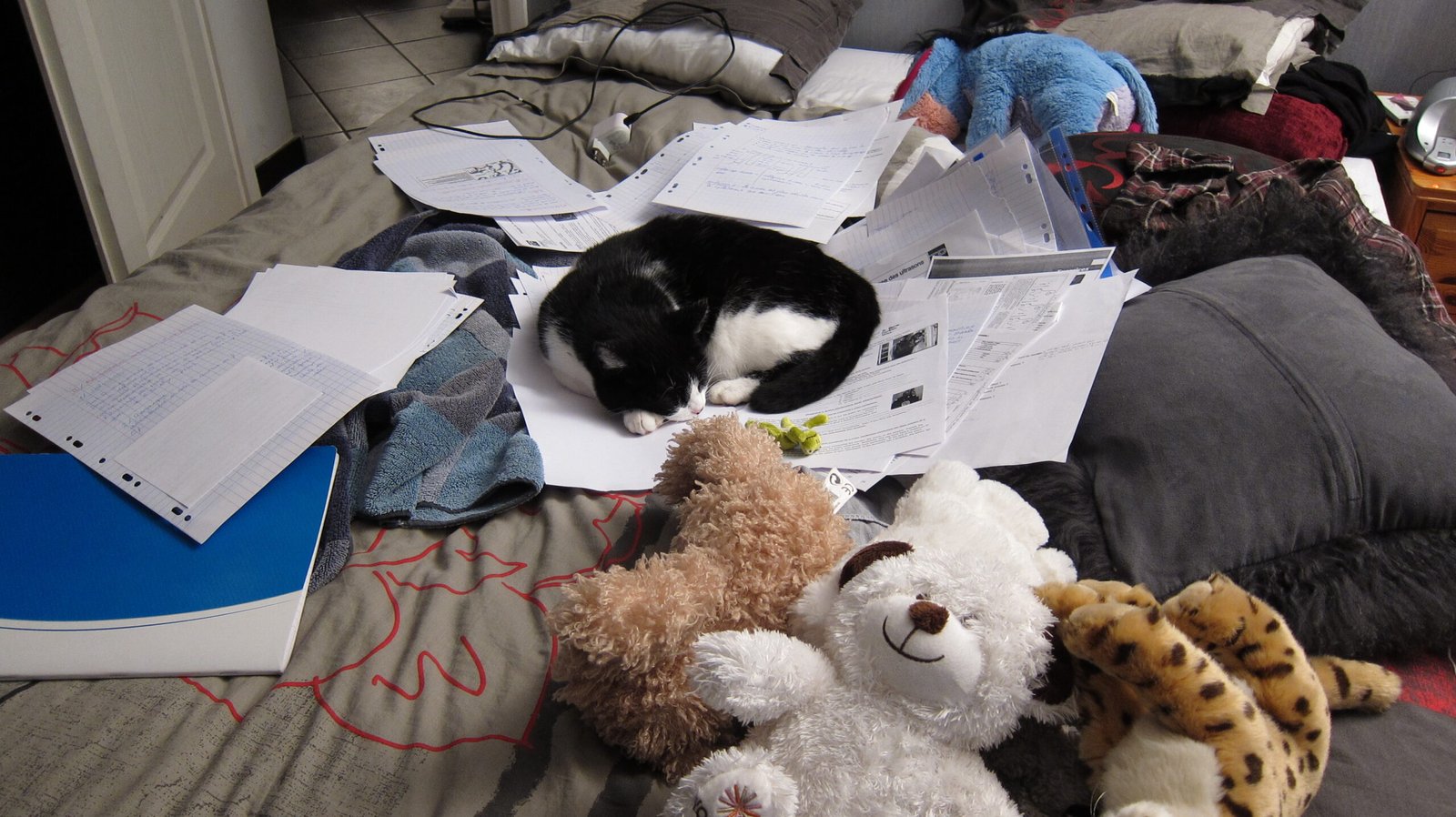
Cats communicate in subtle ways, often through their environment. When they rearrange your belongings or leave toys scattered around, they’re sending messages. A favorite toy placed on your pillow might be a gift—or a hint that they want to play. Their chaos can be a way of connecting with you. In their own way, they’re inviting you into their world. It’s a silent language, written in the objects they move and the spaces they claim.
Comfort in Familiar Objects

Cats attach strong emotional value to familiar objects. A pile of clothes that smells like you is far more comforting than a freshly cleaned floor. When they curl up in your laundry or snuggle into a messy bed, they’re seeking out your scent and the sense of security it brings. The chaos isn’t random—it’s a patchwork of comfort, built from the things they love most. Cleanliness may be sanitary, but for a cat, comfort is king.
The Thrill of the Hunt

Every piece of clutter can become prey in a cat’s imagination. A balled-up sock, a paper bag, or even a stray pen transforms into something to stalk and “capture.” This is play, but it’s also practice for their natural hunting skills. In an orderly room, these opportunities are few and far between. Chaos provides the variety and unpredictability that makes “hunting” more exciting. It keeps their reflexes sharp and satisfies their deepest instincts.
Challenging Their Minds

Cats are intelligent creatures that crave challenges. A messy environment is like a puzzle, full of obstacles to navigate and mysteries to solve. They’ll figure out how to climb the highest stack of books or squeeze into the tightest gap behind the couch. Each new configuration of chaos presents a fresh mental challenge. This kind of stimulation is vital for their well-being, keeping them engaged and happy day after day.
Reclaiming Control
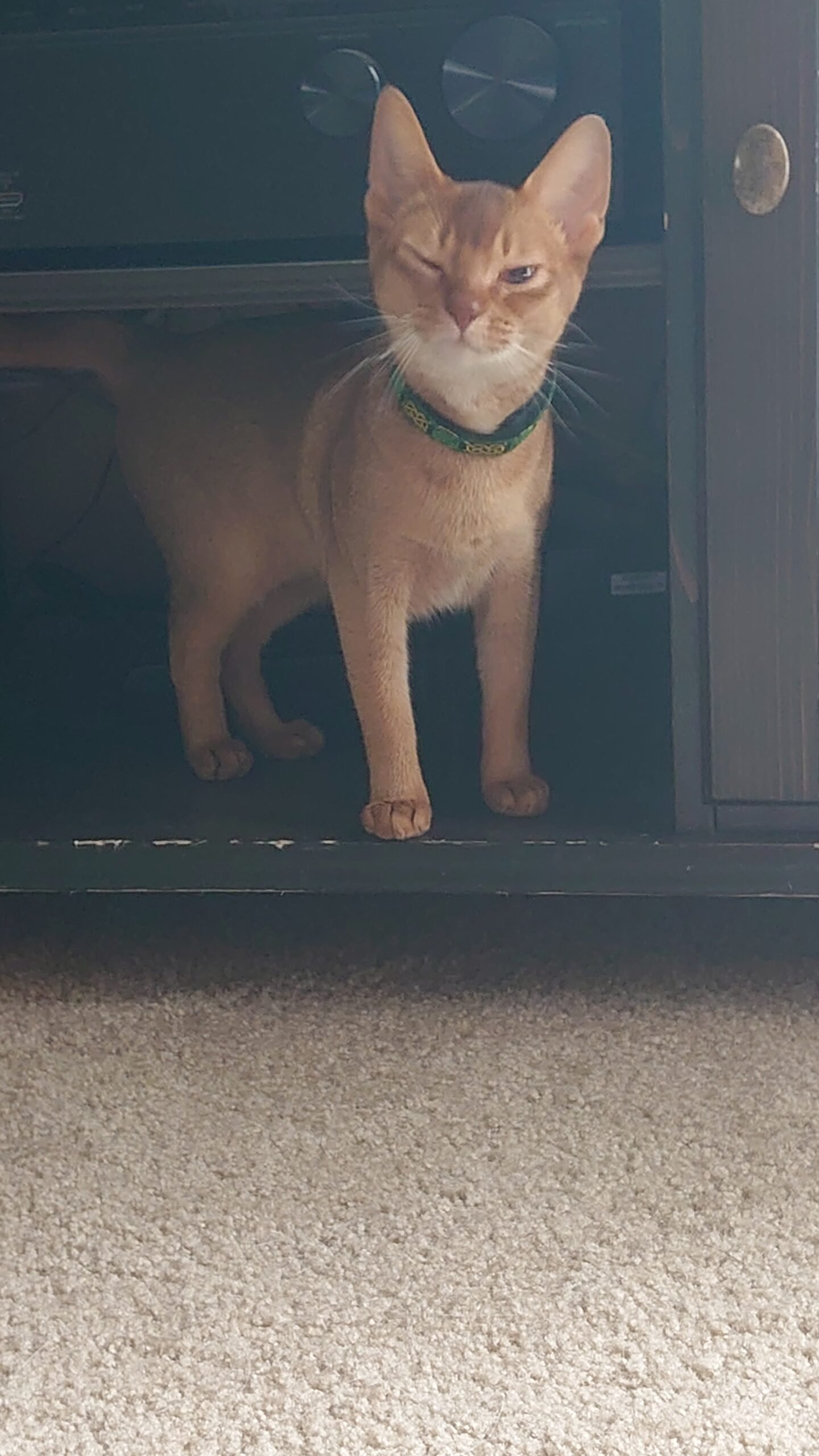
Cats can’t control much in a world built for humans. But by rearranging their environment—pushing things off tables, hiding toys, or making nests out of laundry—they assert a little control. It’s their way of making the space their own. This sense of agency is important for their mental health. When they create chaos, they’re not just being mischievous—they’re staking a claim in a world that often feels too big and unpredictable.
Learning Through Exploration
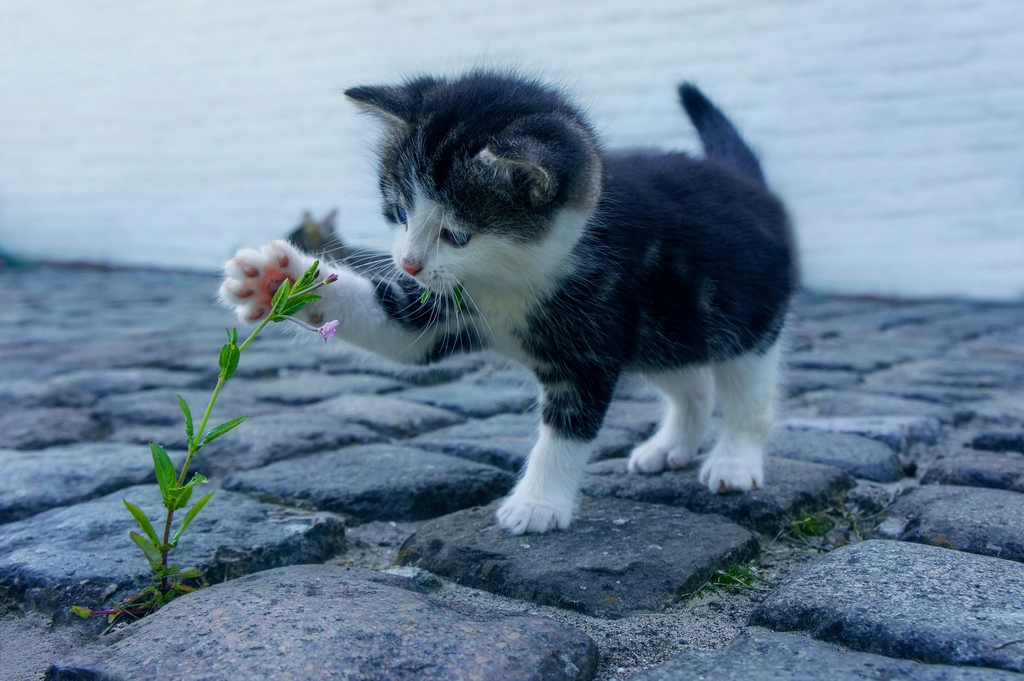
Young cats, especially, learn about their environment by exploring every nook and cranny. Messy spaces offer endless learning opportunities. A kitten might discover the texture of a crumpled bag or the sound a dropped pen makes. Each new item or pile is a lesson in how the world works. Even adult cats continue this exploration, staying mentally flexible and curious throughout their lives. Cleanliness might look nice, but it’s chaos that teaches them the most.
Bonding With Their Humans

Believe it or not, chaos can bring cats and their humans closer. When you join in their play or laugh at their antics, you’re sharing a moment of joy. Rearranging the living room or letting them “help” with laundry becomes a shared adventure. These small, chaotic moments build trust and affection. They remind us that life with a cat is unpredictable—but always entertaining.
The Sensory Playground

For a cat, a messy room is a feast for the senses. There are textures to feel, sounds to listen for, and sights to explore. Whether it’s the rustle of a paper bag or the softness of a sweater, chaos offers endless sensory delights. Clean, orderly spaces can feel sterile and dull by comparison. The messier the space, the richer the experience for your cat’s finely tuned senses.
Adapting to Change

Life is full of changes, and cats are surprisingly adaptable. Chaotic environments prepare them for the unexpected. By exploring, hiding, and playing in disorder, they build confidence and resilience. When something new comes along—a move, a new pet, or a change in routine—they’re better equipped to handle it. The chaos of everyday life becomes their training ground, helping them face whatever comes next.
The Joy of Breaking the Rules

Let’s be honest: cats love to break the rules. There’s a rebellious streak in every feline heart. Knocking over a vase or unrolling toilet paper isn’t just mischief—it’s freedom. Chaos gives them a way to express their wild side, to test boundaries and see what happens. It’s a reminder that, no matter how domesticated they seem, there’s still a little wildcat inside every house cat.
Making Memories in the Mess

Some of the best moments with our cats happen in the midst of chaos. Whether it’s a hilarious tumble through a pile of toys or a quiet nap on a messy bed, these are the memories we treasure. The mess becomes part of the story—the backdrop for our life together. In the end, it’s not about cleanliness or disorder. It’s about the joy, surprise, and love we share with our cats, every single day.

Linnea is a born and bred Swede but spends as much time as possible in Cape Town, South Africa. This is mainly due to Cape Town’s extraordinary scenery, wildlife, and atmosphere (in other words, because Cape Town is heaven on earth.) That being said, Sweden’s majestic forests forever hold a special place in her heart. Linnea spends as much time as she can close to the ocean collecting sea shells or in the park admiring puppies.






